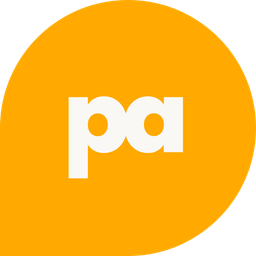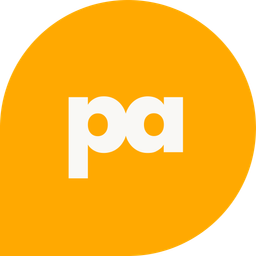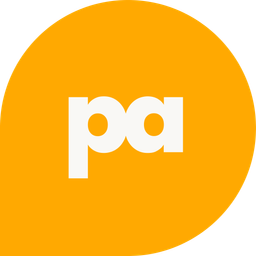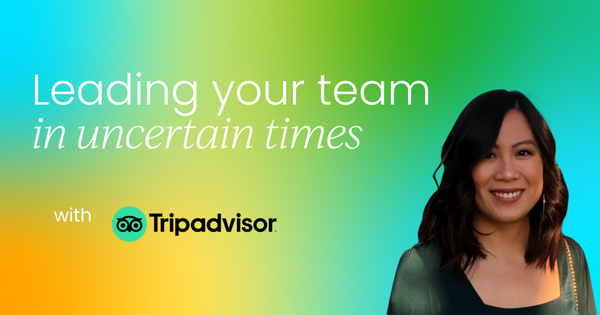Uncertainty isn’t something we’re temporarily going through. It’s the environment we live in now. Whether you’re working in healthcare, education, service, tech (or any other field), we’re all feeling the same pressure. Things like economic volatility, regulatory changes, shifting markets, and leadership shakeups are more common than ever. And then, just when you think things are settling, another curveball lands.
What’s striking is that no matter where in the world we’re calling in from, we’re dealing with many of the same challenges. That’s why conversations like this matter. We may be in different industries and countries, but this experience of leading through uncertainty is something we all share.
And the hard truth?
It’s not just our teams we’re leading through this. As HR professionals and people leaders, we’re also the ones coaching other leaders, supporting their teams, and often stepping in when the support from direct leadership just isn’t landing.
Change, choices, and the principles that guide us
There’s a quote I love:
"There are three constants in life - change, choices, and the principles that guide our decisions."
And right now? Change is the loudest of the three.
We’re all managing through several overlapping waves of change including global economics, government transitions, shifting trade policies, and supply chain disruptions. But on top of that, we’re dealing with internal changes too: leadership turnover, new organizational strategies, restructured teams. It’s coming at us from every direction - global, industry, company, and local.
Leading others through change
And here’s what makes our job different. As HR and people leaders, we’re not just managing our own way through this fog, we're supporting others while they do the same.
Often, employees aren’t just going to their managers anymore. They’re coming to us directly, looking for clarity, reassurance, and someone who understands what they’re going through.
That role of coach, translator, and steady hand is more critical now than ever.
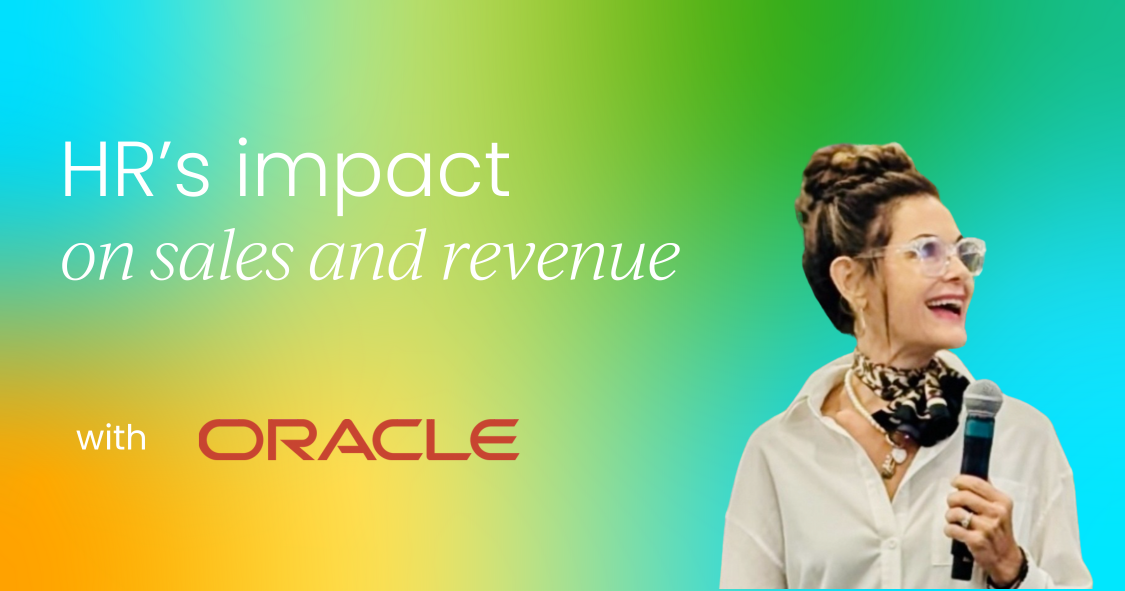
Resistance and fatigue
Resistance to change has always been part of the equation. But what we’re seeing now is something deeper: fatigue.
And not just the “I'm tired” kind, but the "I’ve just finished changing, and now you’re asking me to change again?" kind.
Since 2020, we've redesigned how we work multiple times. We’ve pivoted strategies, gone remote, returned to offices, reimagined business models - again and again.
For some employees, it’s like, “I’m still processing the last shift, do I really have it in me to go through another?” And in some industries, people have just accepted that stability is gone. Change is just baked into the job now.
We can’t ignore this. It affects how people show up for new initiatives. Engagement in change efforts dropped nearly 50% in just a few years. That's a red flag and a call to action.
When leadership doesn’t match the message
Let’s talk about the credibility gap. During COVID, how many of us heard leaders say, “Take care of yourselves, prioritize work-life balance”, only to follow up with a late-night meeting request or weekend deadline?
The disconnect is real and people notice. If you’re saying one thing and doing another, it erodes trust fast. It undermines the message and makes it harder for employees to invest in the next wave of change.
So as leaders, we can’t just preach balance or flexibility, we have to live it. Our actions have to match our intentions.
Traditional change management isn’t enough anymore
Many of us were trained in a very programmatic approach to change: map out your resistors, identify your allies, articulate the burning platform. And that all still has value, but it's incomplete.
It doesn't prepare people for how to handle ongoing change. It doesn't teach leaders how to navigate their own stress while keeping their team grounded. It doesn't build the behavioral muscle that people need to work through flux.
What we need now is a shift from change management to change readiness.
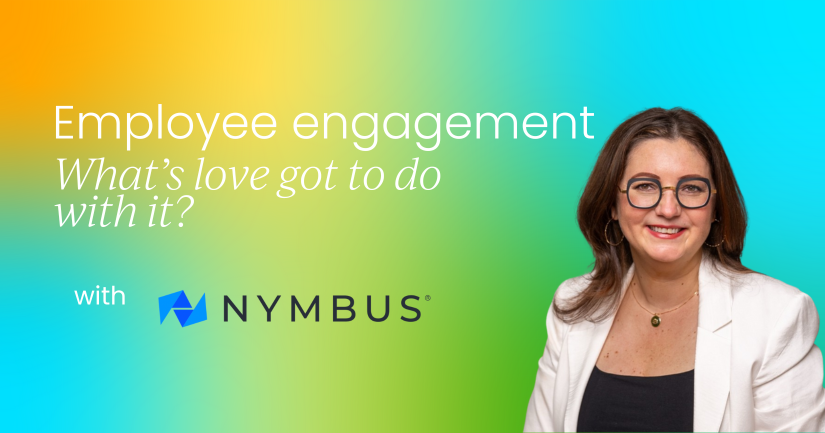
What people need from HR now
So what does that look like in practice? Here’s what I’ve seen work:
- Acknowledge the reality. Don’t pretend this is just a small adjustment. Say out loud, “Yes, this is different from how we worked before. Yes, it’s uncomfortable.” That simple honesty builds trust.
- Lead with adaptability. Model the ability to shift, to stay grounded while navigating change. If the situation has changed, your leadership should too.
- Make decisions where you can. There's always uncertainty we can't control. But we can still anchor people in what hasn't changed - the mission, the core values, the way we work together.
- Empathy and communication. Repeat your messages. Use different formats. Understand not everyone processes information the same way. Some need a big group session, others need a 1-on-1. And follow up, don’t assume once is enough.
- Train for now, not just experience. Just because someone’s been a manager for 20 years doesn’t mean they’ve managed through this. They may not have the tools to lead in uncertainty, or to provide stability while they’re also struggling.
Hire for resilience, not just past experience
Too often, hiring managers want someone who’s “done the job before.” But the truth is, the job they’re hiring for today won’t be the same job six months from now. We can’t keep looking backward to fill forward-facing roles.
Instead, ask about how someone handled a time when everything shifted:
- When the timeline changed.
- When leadership or priorities pivoted mid-project.
- When expectations evolved overnight.
You're not just hiring for skills. You’re hiring for mindset, adaptability and grit.
Build the muscles people need to flex
Give employees and managers tools to handle real situations:
- How to have hard conversations. Not necessarily conflict, but the necessary, honest dialogue that clears the path forward.
- Stress management. Everyone hits their limit, it just looks different for each of us.
- Team well-being. It’s back to basics, but it’s vital. A stressed-out, burned-out team can’t weather change well.
Encourage mentorship. Let someone be a stretch mentor outside of their reporting line. Not everyone feels comfortable going to their boss or to HR. Sometimes they just need a trusted peer.
And above all: foster connection. The worst part of uncertainty is feeling isolated in it. When people feel alone in their questions or worries, it magnifies the stress. Collaboration and peer support can normalize the experience, and that’s often all someone needs to keep going.
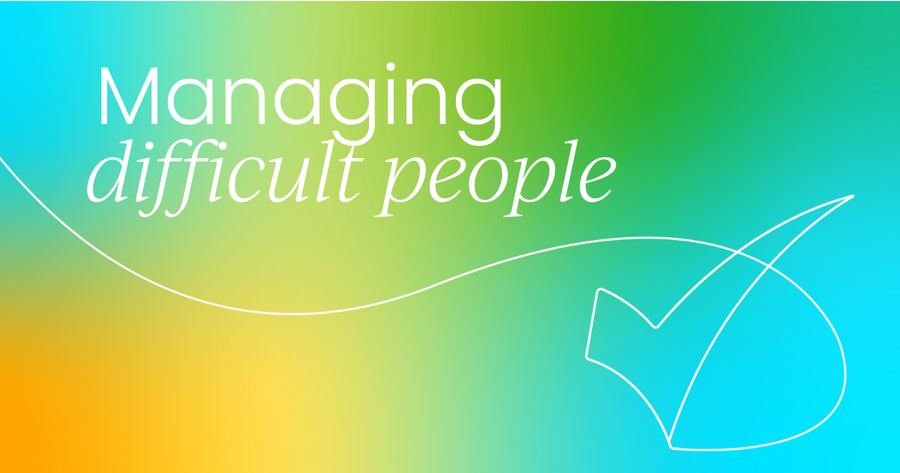
Use the tools we do have
We might not know exactly what’s coming, but scenario planning still works. Risk management still works. Keep some space open in meetings for the unexpected. Let people say, “Hey, this changed - does it affect what we decided last week?”
Be honest about what you know and what you don’t. And be real about the fact that we don’t have it all figured out, but we’re figuring it out together.
Constructive feedback is part of the job
It’s tempting in uncertain times to just offer reassurance. But we also need to offer feedback.
When people come to you with problems, let them know you’re glad they did. Help them solve it. But also help them build their own capability. Remind them they have what it takes and they’ve proven it already.
In the last five years, your people have:
- Redefined how they work.
- Dealt with ambiguous, shifting expectations.
- Handled more change than most thought possible.
They have the tools. Sometimes they just need to be reminded of that.
Whatever the next six months bring, uncertainty isn’t going anywhere. And neither is our responsibility to lead through it. Not just for our own teams, but for every leader and employee who needs support navigating the fog.
So let’s go back to basics. Communicate. Connect. Coach. Scenario plan. Stay grounded in what we can control and remind people that they’ve done hard things before, and they can do it again.
And finally, keep the conversation going. We’re not in this alone. One of the best things about working in this field is that even if we’re scattered across time zones and industries, we can learn from each other.
Keep the conversation going with your peers
Ever felt like you're navigating the people maze alone? We get it. The industry has been crying out for a dedicated space to connect, collaborate, and level up.
That's why we created the People Alliance's Slack community, where you can network with your peers, make lasting connections, ask questions, share insights, and create bonds that last. Oh, did we mention it's 100% free to join?



 Follow us on LinkedIn
Follow us on LinkedIn